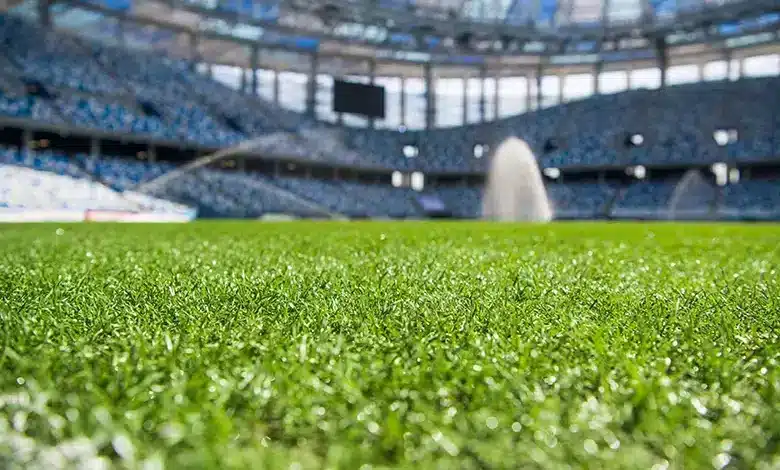
Artificial Grass Soccer Field: A Revolutionary Innovation in Sports Fields
Artificial Grass Soccer Field is a revolutionary innovation that has transformed the way soccer fields are designed, manufactured, and maintained. The technology behind Artificial Grass has made it possible for sports teams to play on high-quality, durable, and low-maintenance turf all year round, regardless of the weather conditions.
In this blog post, we will explore the definition, production process, benefits, drawbacks, and maintenance practices of artificial grass. We will also compare artificial grass to natural grass and Hybrid Grass and discuss the FIFA regulations regarding soccer turf dimensions.
What is Artificial Grass Soccer Field?
Artificial Grass Field is a type of synthetic turf that mimics the look and feel of natural grass. It is made of a blend of plastic fibers, usually polypropylene or polyethylene, which are woven into a backing system to create a cushioned base. The blades of the artificial grass are then added on top of this base to create the playing surface.
Production Process of Artificial Grass Soccer Field
The production process of artificial grass involves several steps. First, the plastic fibers are extruded into long strands and then cut into shorter lengths. The fibers are then tufted onto a backing material, which is usually made of a combination of polyester and latex.
Once the backing is complete, the fibers are coated with a layer of rubber or sand to hold them in place and provide additional cushioning. Finally, the artificial grass is rolled out onto the soccer field and secured in place with stakes or adhesive.
Application of Artificial Grass Soccer Field
Artificial Grass can be used in a variety of settings, from professional stadiums to local parks and recreation areas. The installation process typically takes several days, depending on the size of the field, and requires specialized equipment and expertise.
One of the benefits of artificial grass is that it can be customized to meet the specific needs of the team and facility. For example, some fields may require more cushioning or drainage than others, depending on the climate and usage patterns.
Advantages of Artificial Grass Soccer Field
There are several advantages of using an artificial grass.
1-It provides a consistent playing surface that is not affected by weather conditions such as rain, snow, or extreme temperatures. This means that games can be played all year round without interruption, which is particularly important for professional teams that rely on ticket sales and sponsorships.
2-Artificial grass is much easier to maintain than natural grass. There is no need for regular watering, mowing, or fertilizing, which saves time and resources. Additionally, the surface is more durable and resistant to wear and tear than natural grass, which means that it lasts longer and requires fewer repairs.
3-Artificial grass is more environmentally friendly than natural grass. It does not require the use of pesticides or fertilizers, which can harm the ecosystem and pollute water sources. It also conserves water, which is especially important in areas with limited water resources.
Disadvantages of Artificial Grass Soccer Field
Despite its many advantages, there are some drawbacks to using an artificial grass.
1-It can be more expensive to install than natural grass, although the long-term savings in maintenance costs often make up for this initial investment.
2-The surface can become hot in direct sunlight, which can be uncomfortable for players and spectators. However, this can be mitigated by installing a cooling system or planting shade trees around the field.
Finally, some players prefer the feel of natural grass and believe that it provides better traction and ball control. However, advances in technology have made artificial grass nearly indistinguishable from natural grass in terms of appearance and performance.
Maintenance of Artificial Grass Soccer Field
Maintaining an artificial grass is relatively simple compared to natural grass. The field should be swept regularly to remove debris and prevent the accumulation of dirt and dust. It may also need occasional brushing to restore the texture of the blades.
If the field is used heavily, it may require infill replenishment to maintain the cushioning and stability of the surface. Additionally, any tears or damage to the turf should be repaired promptly to prevent further damage.
Comparison to Natural Grass and Hybrid Grass
While artificial grass has many benefits, some people still prefer the look and feel of natural grass. However, natural grass requires a lot of maintenance and can be difficult to grow in certain climates.
Hybrid grass, which combines natural grass and synthetic turf, is another option that offers the benefits of both types of surfaces. However, it is more expensive to install and maintain than either natural grass or artificial grass.
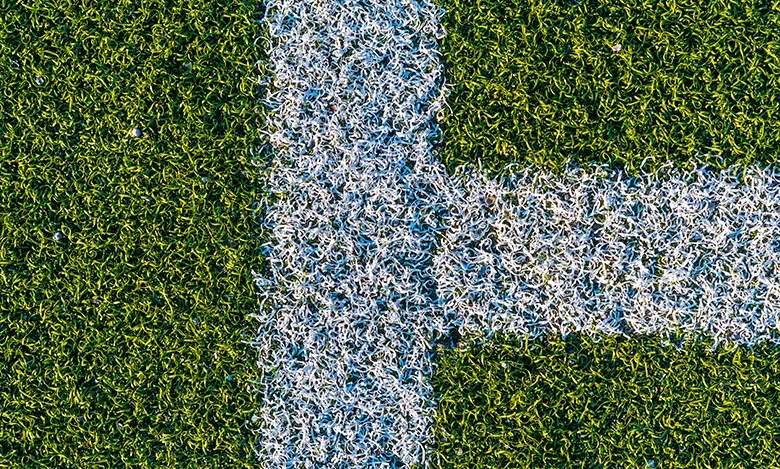
FIFA Regulations Regarding Soccer Field Dimensions
According to FIFA regulations, the dimensions of a soccer field should be between 100-130 yards in length and 50-100 yards in width. The field must be rectangular and have a midpoint line and two penalty areas, which are rectangular areas located in front of each goal. The penalty areas must be 44 yards wide and extend 18 yards from the goal line.
For artificial grass, FIFA has specific regulations regarding the quality and performance standards that must be met. These include factors such as shock absorption, ball rebound, and evenness of the playing surface. By following these regulations, artificial grass can provide a safe, high-quality playing surface for soccer players at all levels.
Final Words
Artificial Grass Soccer Field is an innovative solution that has transformed the way soccer fields are designed and maintained. It provides a durable, low-maintenance playing surface that can be used all year round, regardless of weather conditions. While there are some drawbacks to using artificial grass, the benefits outweigh them for many sports teams and facilities.
By understanding the production process, advantages, disadvantages, and maintenance practices of artificial grass soccer fields, facilities managers and sports teams can make informed decisions about whether this technology is right for their needs. With advances in technology and continued investment in research and development, it is likely that we will see even more innovation in the field of sports field in the years to come.
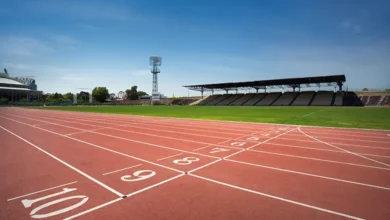

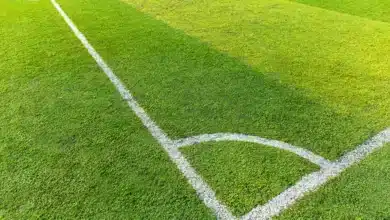
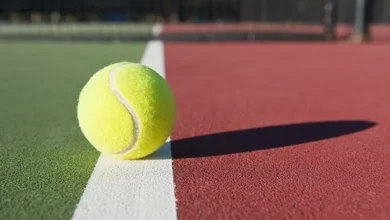
Short, clear and valuable content.
Maybe you shold post a new blog post about comparisons between Natural, Hybrid and Artificial Soccer Fileds with more details.